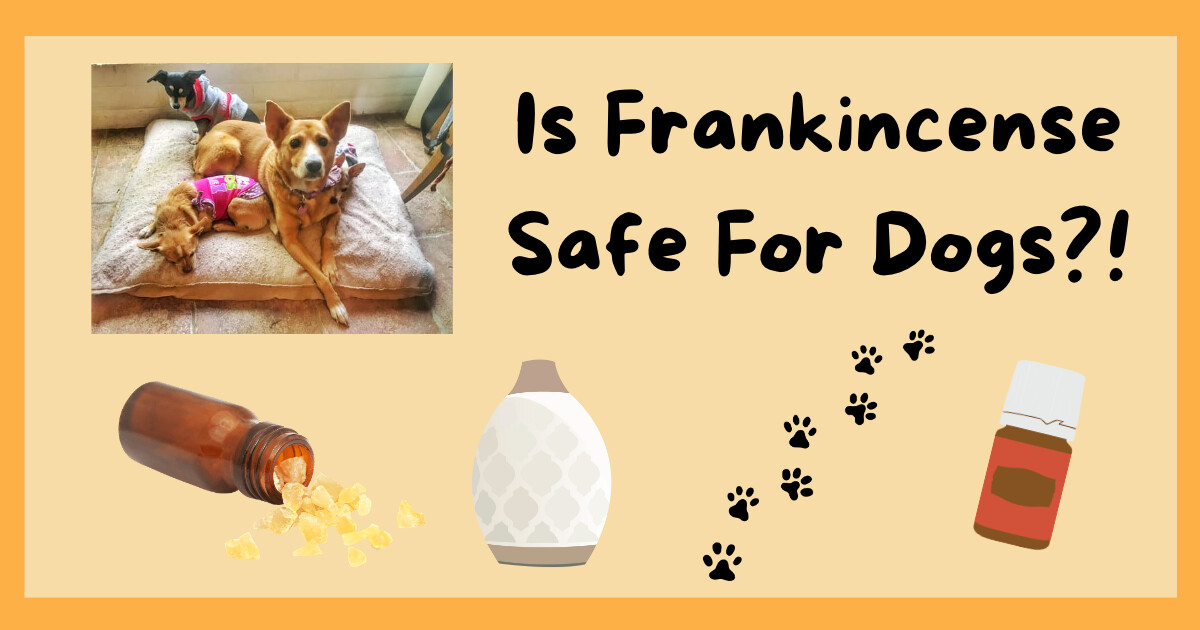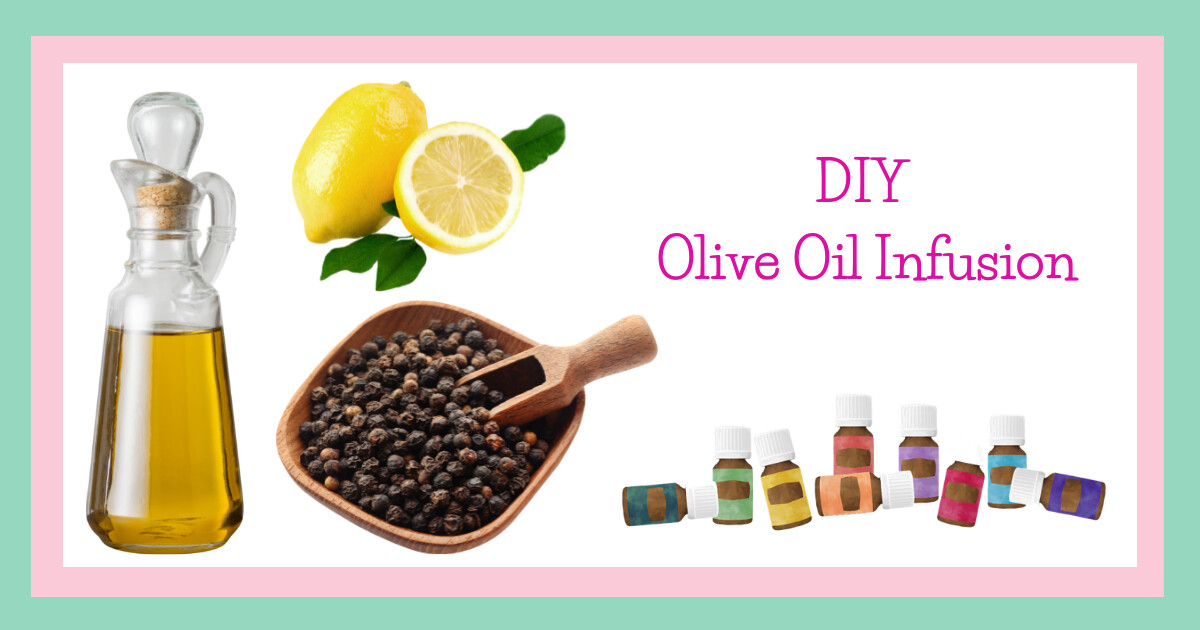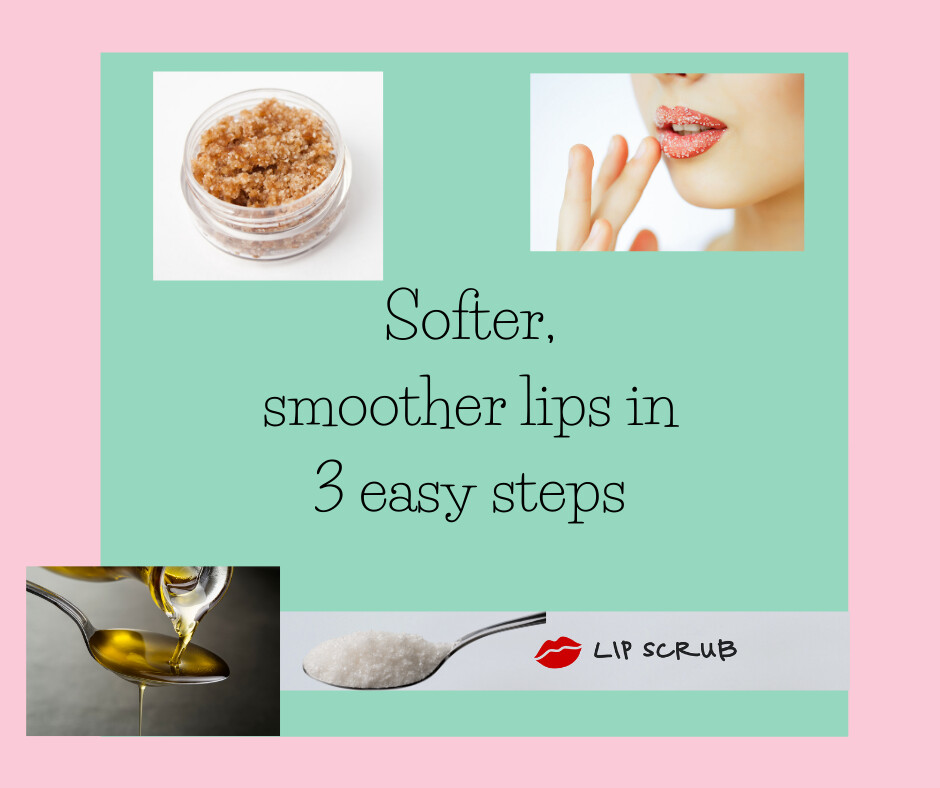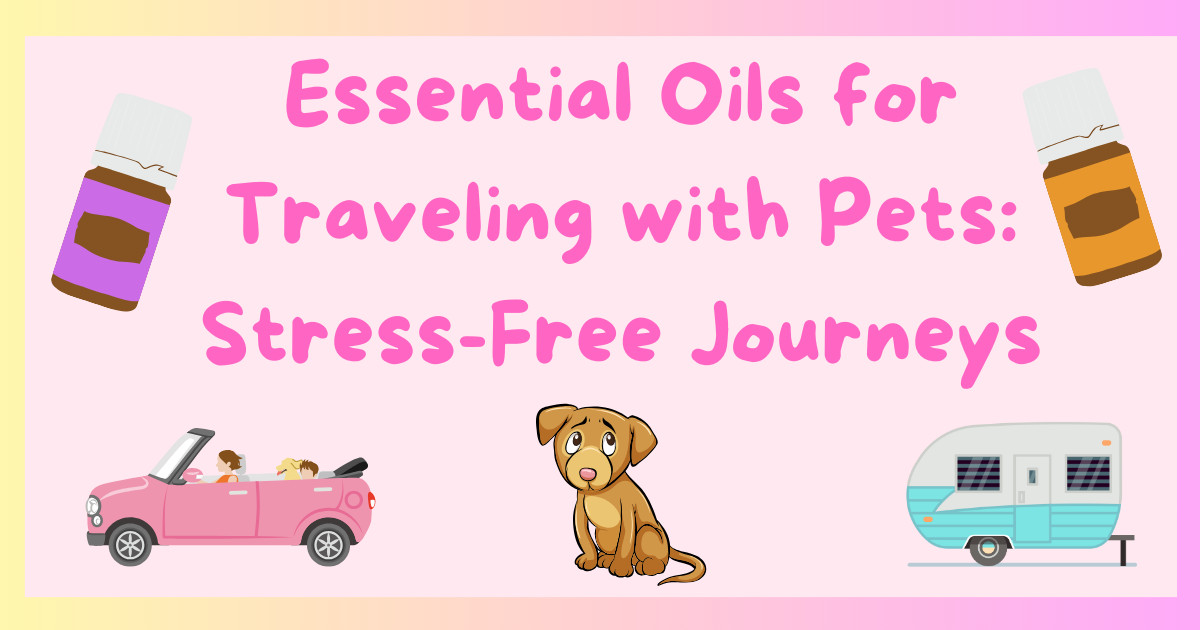
Frankincense is a natural product that has been used for centuries for its medicinal properties. But is it safe for dogs? In this post, let's take a look at the safety of frankincense oil for dogs, plus some tips on how to use it safely.
What Is Frankincense?
Frankincense is an aromatic resin that comes from the Boswellia tree. Frankincense essential oil is then extracted by steam distillation of the resin. Frankincense is noted as an incredibly beneficial natural remedy that has been used for thousands of years for a variety of purposes. Some of the touted benefits of frankincense oil include support for the immune system, cognitive health and respiratory health. It has also been used in religious ceremonies and as a natural fragrance in perfumes and cosmetics. There is also research on its effects on certain types of cancers. According to this study on PubMed.gov, "Frankincense, pine needle and geranium essential oils have been reported to play critical biological activities in cancer". This review published on PubMed.gov, states "Contemporary studies have shown that resin indeed has an analgesic, tranquilising and anti-bacterial effects." I have even seen frankincense on the ingredient list in natural pet flea products.
Is It Safe for Dogs?
Many natural pet care advocates believe that frankincense can be safely used to support a wide range of health concerns, as long as it is used in proper amounts and a pure, high-quality essential oil is used. Most experts agree that using frankincense essential oil is generally safe for dogs when a 100% pure and unadulterated essential oil is used and properly diluted.
I believe the two most important factors in safely using any essential oil with your pets is quality and dilution. I use Young Living™ Essential Oils-the world leader in essential oils. With their Seed To Seal guarantee, you know you're getting pure and premium products for you and your pets health!
If your dog has a pre-existing medical condition, you should speak to your holistic veterinarian before using frankincense oil or any essential oil on them. Again, it is of the utmost importance to make sure that any product you use contains pure essential oils and not adulterated additives or other chemicals. Also it's important to dig deep when googling 'oil poisoning' or 'are essential oils bad for dogs' and not let that scare you from using essential oils. Oftentimes, the whole story is lacking important facts such as quality of oil, amount, and the way it was used.
Tips for Using Frankincense Oil Safely with Your Dog
If you do choose to use frankincense oil with your dog, it is important to follow a few safety tips to ensure a positive outcome.
Start low and go slow. The easiest way to start using essential oils with your dog is by wearing them as a perfume and becoming a walking diffuser.
To do this, simply apply a drop of frankincense essential oil to the palm of your hand, rub your hands together, make a scent tent over your nose, inhale deeply, then apply the residue to the back of your neck or pulse points. Observe how your dog reacts to you! You are also half the equation with your dog and when you remain calm and balanced, that helps your dog remain calm and balanced!
Start using essential oils now, before you want to use them for a specific concern. Wearing them during play time or cuddle time helps your dog associate positive feelings with essential oils which adds to their benefits.
Dogs have an incredibly powerful sense of smell. Their noses are about 100,000 times more sensitive than that of a human, allowing them to detect odors that humans would miss. This is made possible by millions of olfactory receptors in their noses, which allow them to pick up even the faintest scents. Dogs also have specialized parts of the brain that are dedicated to processing these scented signals, and they can detect even subtle changes in odor that humans would miss. This is why it's often all that is needed to simply let your dog enjoy the aroma of an essential oil.
Once your dog is used to your new perfume, try running an essential oil diffuser. This is another favorite way to use essential oils! I like to use ultrasonic diffusers which use a metal or ceramic plate that vibrates and disperses the essential oil in a fine mist, keeping the oil at a low and safe concentration and allowing you to breathe in deeply and enjoy the scent and properties of the essential oils. Ultrasonic diffusers don't use heat which can lessen the benefits of an essential oil.
You can check out one of my favorite ultrasonic diffusers HERE!
When using a diffuser, be sure to start with a minimum number of drops like 2-4 and work up to more if needed or preferred. Always give your dog an out by leaving the door open. Keep in mind oftentimes our dogs prefer to stay with us even when uncomfortable, so watch for signs like restlessness, stupor, watery eyes, or itching.
Essential oils are made up of extremely small molecules, which means that they can easily penetrate the membranes in your nose and enter your bloodstream. The effects can be felt almost immediately after inhaling an essential oil. As you continue to breathe in this scent, it is absorbed by the olfactory bulb in your brain, which triggers certain chemical and electrical responses that can help to improve your mood and overall well-being. Our dogs can benefit in the same ways from inhaling an oil. Inhaling essential oils is one of the quickest ways to deliver the benefits that they have to offer. This method is perfect for you and your dog to enjoy natural ways to support health.
Frankincense pairs well with lavender oil, cedarwood, and vetiver, which are generally regarded as safe essential oils.
You can diffuse frankincense on its own or try one of these essential oil blends:
Be Calm
2 Drops Lavender Essential Oil
2 Drops Frankincense Essential Oil
Be Balanced
2 Drops Cedarwood Essential Oil
2 Drops Frankincense Essential Oil
Harmony
2 Drops Vetiver Essential Oil
2 Drops Frankincense Essential Oil
Topical application
When using frankincense essential oil topically with a dog, it is important to dilute the oil in a carrier oil such as coconut or olive oil. I prefer fractionated coconut oil, which is simply coconut oil processed to remain liquid and have no aroma. It's less greasy and absorbs well. This will help prevent skin irritation and allows for smaller amounts of essential oils to be used. Fore more info on carrier oils, click HERE
For my recommended dilution guide for essential oils and dogs, click HERE!
Frankincense can be helpful in supporting skin and overall wellness in your dog. It is much better to use a very small amount more frequently than a large amount infrequently.
Once you dilute the frankincense oil, you can apply with your fingertips and gently massage the area of concern. This oil blend works to help soothe skin:
Skin Love
Add 3 drops Frankincense and 3 drops of Myrrh essential oil to a 10 ml roller bottle. Then fill the remainder of the bottle up with a carrier oil. Gently invert back and forth to mix, and apply to areas of concern as needed.
If you are looking for a natural way to support your dog's health and well-being, using dog friendly essential oils like frankincense can have its benefits. When using frankincense topically or inhaling it, it is important to be 'oil safe' and use a 100% pure and unadulterated oil with proper dilution methods. With proper use, frankincense can be an effective and safe way to support your dog's health and well-being. To grab a bottle of Frankincense essential oil, click HERE!
It is also best to consult with a holistic veterinarian before using essential oils, as each dog will respond differently and a holistic veterinarian will look at the whole picture as essential oils can be effective, but they are often only a piece of the puzzle.
Essential oils can be a safe option for pet health. To eliminate overwhelm and fear and learn more about how to use essential oils with your dog, download my free guide "Getting Started Using Essential Oils With Your Dog" HERE
*Statements have not been evaluated by the FDA and the information in this blog is not meant to provide medical advice nor be a substitute for veterinary care.*











0 Comments